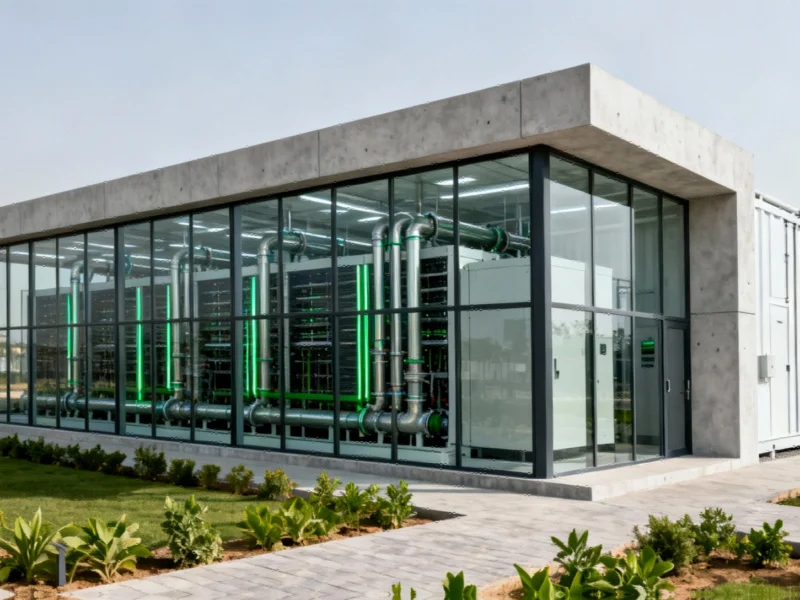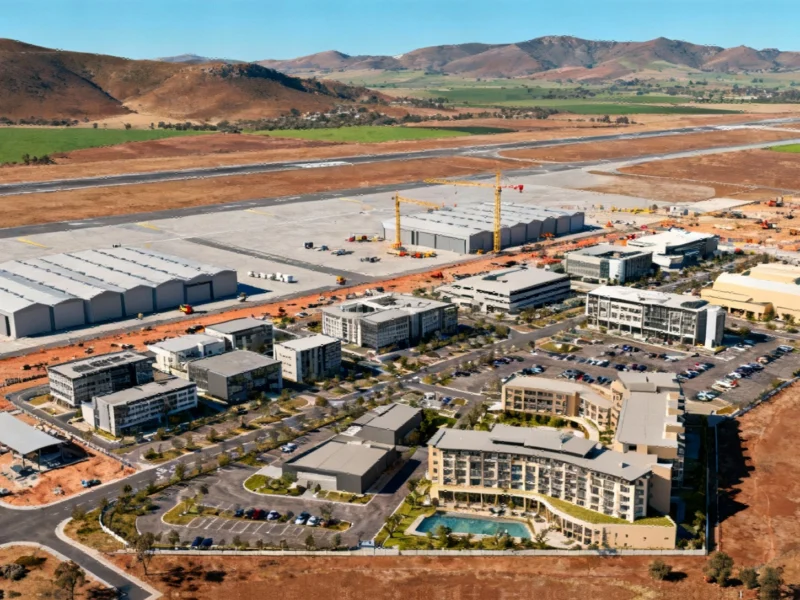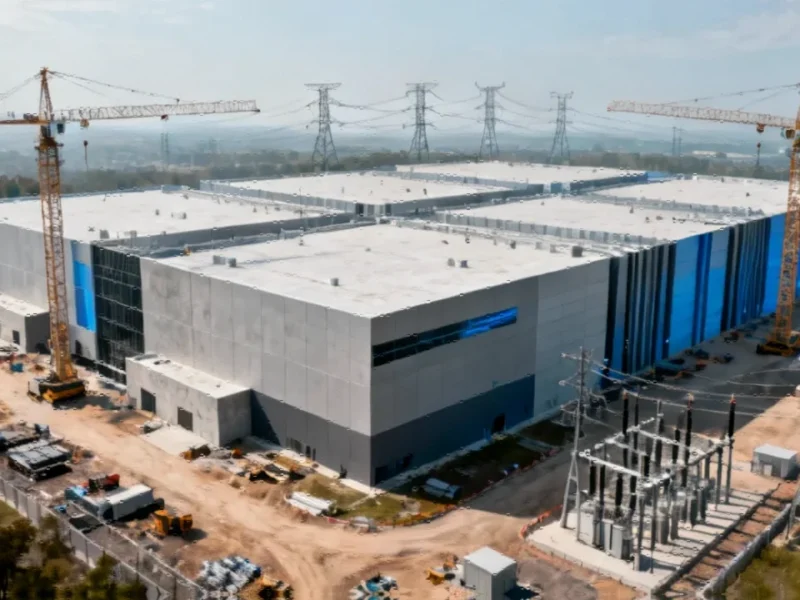Strategic Partnership Advances Pakistan’s Digital Ambitions
UAE-based XDS has forged a significant partnership with Pakistan’s Al Nahal IT Park to develop what promises to be the nation’s first liquid-cooled data center facility. The agreement, finalized at GITEX Global in Dubai, represents a major step forward in Pakistan’s efforts to establish itself as a competitive player in the regional digital infrastructure landscape. This development comes at a crucial time when global industry developments in data center technology are rapidly evolving to meet increasing computational demands.
Revolutionary Cooling Technology Comes to Sindh
The planned facility, located in Pakistan’s southeastern Sindh province, will utilize advanced liquid cooling systems – a technology that offers significant advantages over traditional air-cooled data centers. Liquid cooling provides superior heat dissipation capabilities, enabling higher computing densities and improved energy efficiency. This approach aligns with growing market trends toward sustainable computing solutions that can support intensive workloads like artificial intelligence and high-performance computing.
According to the comprehensive coverage of this partnership, XDS specializes in modular, liquid-cooled facilities, though the company has yet to operate an active data center despite recent agreements in Saudi Arabia and the UAE. The specific development timeline and capacity details for the Pakistani facility remain undisclosed, leaving industry observers watching for further announcements.
Sovereign, ESG-Compliant Infrastructure
Al Nahal IT Park’s website emphasizes that the facility will represent Pakistan’s “first sovereign, ESG-compliant Tier III+ modular data centers.” This designation indicates the project’s commitment to:
- Environmental, Social, and Governance (ESG) standards – ensuring sustainable operations
- Tier III+ classification – providing 99.982% availability with concurrent maintainability
- Sovereign capabilities – enhancing Pakistan’s digital independence
- Modular design – enabling scalable expansion as demand grows
Broader Context: Pakistan’s Digital Transformation Push
This initiative forms part of Pakistan’s broader strategy to expand its relatively small data center market. In May, the country’s Finance Ministry announced the allocation of 2GW of state grid electricity specifically for Bitcoin mining and AI data centers – a clear signal of the government’s commitment to digital infrastructure development. The growing interest in related innovations in computing infrastructure is driving investment across emerging markets.
Additional developments in Pakistan’s digital landscape include Huawei and Indus Cloud’s August announcement regarding their collaborative data center project. These parallel initiatives suggest the country is positioning itself as an attractive destination for digital infrastructure investment, potentially competing with established hubs in the Middle East and Southeast Asia.
Regional Implications and Future Prospects
The XDS partnership represents a significant milestone in Central Asia’s digital infrastructure evolution. As companies worldwide grapple with increasing computational demands, particularly in artificial intelligence applications, the adoption of advanced cooling technologies becomes increasingly critical. The move toward liquid-cooled facilities reflects broader recent technology trends emphasizing efficiency and performance in computing infrastructure.
While specific operational timelines remain undisclosed, the XDS-Al Nahal partnership signals Pakistan’s serious intent to compete in the global digital economy. The success of this venture could potentially attract further investment in the country’s digital infrastructure and establish Pakistan as an emerging hub for high-performance computing in the region.
This article aggregates information from publicly available sources. All trademarks and copyrights belong to their respective owners.


